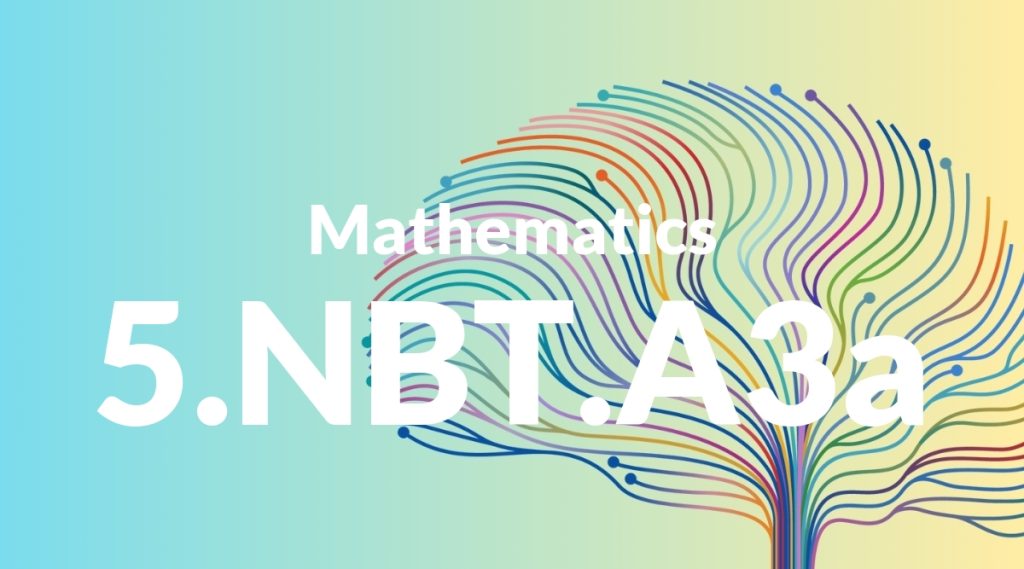Standard: 5.NBT.A3 – Read, write, and compare decimals to thousandths.
Grade level: Grade 5
Subject: Mathematics
Domain: Number & Operations in Base Ten
Teacher Overview
This standard focuses on helping students read, write, and compare decimals to the thousandths place. Understanding decimals is crucial as it lays the groundwork for more advanced mathematical concepts and real-world applications, such as financial literacy and scientific measurements. Students should have a solid grasp of whole number place value and basic decimal concepts. They should also be able to compare whole numbers confidently.
By mastering this standard, students will be prepared to perform operations with decimals and apply their knowledge in more complex mathematical problems and real-world scenarios.
Common Misconception 1
A common misconception is that a longer decimal number is always larger. For example, students may think that 0.1234 is greater than 0.5. This misunderstanding arises from not recognizing the significance of place value in decimals.
Intervention 1
To address this misconception, use number lines and place value charts to visually compare decimals. Practice with varying decimal lengths to reinforce the correct understanding.
Common Misconception 2
Another misconception is confusing place values, such as thinking that 0.3 is the same as 0.03. This error occurs because students might not fully understand the significance of each decimal place.
Intervention 2
Employ hands-on activities with base-ten blocks and place value charts to show the difference between tenths, hundredths, and thousandths. Reinforce the concept through repetitive practice and real-world examples.
Prerequisite Knowledge
Students should have a solid understanding of place value, including the ability to read, write, and compare whole numbers. They should also be familiar with basic decimal concepts, such as tenths and hundredths.
Subsequent Knowledge
After mastering this standard, students will be able to perform operations with decimals, such as addition, subtraction, multiplication, and division. They will also use decimals in more complex problem-solving scenarios.
Instructional Activities
- Use number lines to compare decimals.
- Create decimal place value charts.
- Play decimal comparison games.
- Practice writing decimals in different forms (standard, expanded).
- Solve real-world problems involving decimals.




